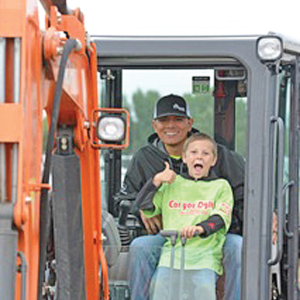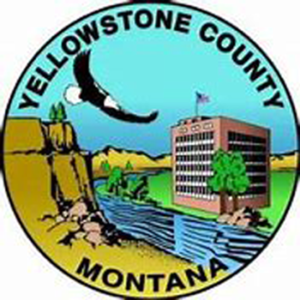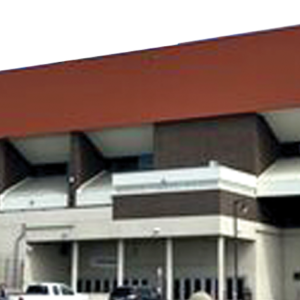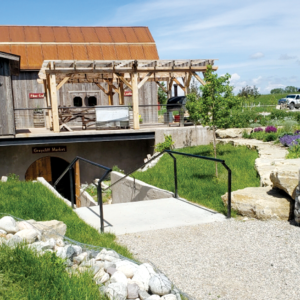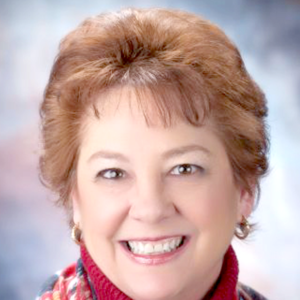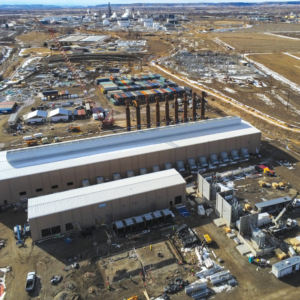By Evelyn Pyburn
The news recently held a report that fossil fuels are not good for human life.
One has to wonder, how simple-minded one must be, not to realize the absurdity of that statement. Look around you – wherever you are at – point to something that isn’t dependent upon fossil fuels, in one way or another, to be in existence.
One might be concerned about the impact of carbon dioxide on the climate but it is beyond absurd not to know that other than water and oxygen – nothing has benefited human life more than the discovery and broad use of fossil fuels.
The reason so many people have a skewed negative perception about fossil fuels is that in discussions about them there is ZERO consideration given to any positive data. There is no balancing of the pros and cons about the use of fossil fuels. All we hear is the possible negatives – that aren’t really even substantiated. Almost all are theoretical. There is no interjection of positive benefits as a counter point — positives that are provable, without doubt, and which so exceed any nebulous negatives that it is astounding.
Nothing has been such a miracle to the human race as fossil fuels. Without them, chances are great that you and I would not be here, and for those humans who may have survived the whims of the planet, their lives would be grueling beyond belief, and stupefyingly boring!
To think that fossil fuels are not good for human life is almost as absurd as believing that “nature is our friend.” You can love nature. Enjoy it as much and in as many ways as you like. Manipulate it to your benefit. Marvel at its grandeur and beauty. But the moment you forget how treacherous it can be, is the moment it will snuff you out.
The abundant and cheap fuel that comes of oil, gas and coal is without doubt the reason that human life exists in the numbers it does today – or even exists at all. More than once in the history of human beings the species came near to extinction – in large part because of the climate – because it was too cold – too cold to keep from freezing, too cold to get adequate food, too cold to advance the well-being of the species.
Here’s a graph that in terms of life expectancy for human beings throughout the world, shows the mind-boggling increase in life expectancy that happened almost from the very instant we started using fossil fuels. Average life expectancy barely exceeded 30 years for most of human existence. It was less than 200 years ago, that fossil fuels came into use by human beings, and during that time it’s been an almost perpendicular climb to an average life expectancy of over 70 years old. How can one look at that and declare that fossil fuels have been bad news for human beings?
The graph comes from Alex Epstein’s book, “Fossil Future”, in which Epstein explains the reason we have benefitted so mightily from fossil fuels. The benefit of fossil fuels “are the ultra-cost-effective machine labor, enormous amounts of freed-up mental labor, and materials that radically increase humanity’s productive ability and therefore make our naturally deficient, dangerous, low-opportunity, stagnant planet into an unnaturally nourishing, safe, opportunity-filled, progressing world.”
Oh yes – people point to solar and wind energy as alternatives but they are not alternatives. Those energy sources depend on fossil fuels to be even remotely viable. Those industries have been propped up because of subsidies that are generated by taxpayers using fossil fuels to earn the money from which the taxes are paid. There is also little mention of the fact that most of the materials used in building wind mills and solar units is mined, manufactured and transported almost completely through the use of fossil fuels. And, what was the source of power that got the equipment and material transported to generating sites?
The fact is neither “alternative” could even be discussed as possibly viable without fossil fuels – and for all the subsidies and market “favors” they have received, the alternatives still fall egregiously short of meeting even ten percent of anyone’s energy needs. Perhaps some day they, or something else, will, but not today.
If we are to eradicate fossil fuels and if you want to continue the existence of human beings then someone must come up with a rational plan of how to replace fossil fuels – or most of us will die. A plan! That’s all I am waiting for.
But perhaps that is the plan. There have been global warming alarmists who have very clearly and forthrightly stated that to eliminate the number of human beings is exactly what they hope to achieve. I have a couple ideas on how they can get a jump on that without threatening my life; but, one must at least give these people credit for being honest, because the death of millions of people is exactly what the results will be of eliminating the use of fossil fuels.
In fact, the current strategy of governments around the world in reducing the use of fossil fuels, of increasing the costs of using them and prohibiting the acquisition of more, has already resulted in untold deaths. People freezing to death because of rolling black outs, or because they can’t afford the escalating cost of producing foods or medicines. When they can’t obtain necessities to sustain their lives – that is what most threatens human life.
Fossil fuels are very much so– very good for human life!

